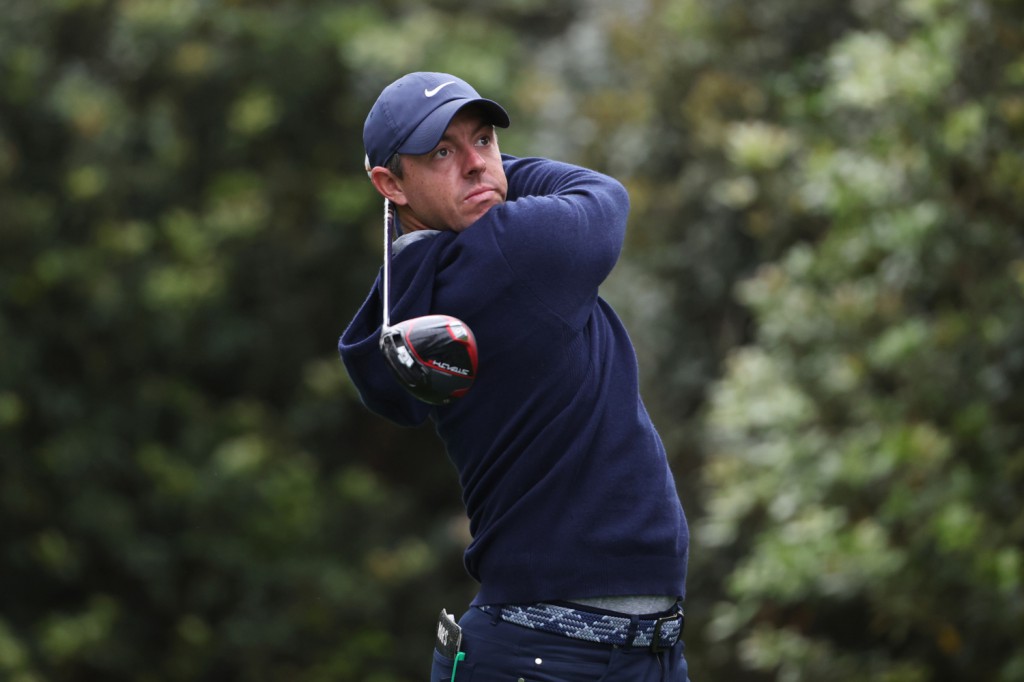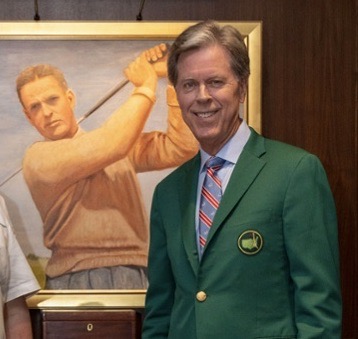In all the hubbub over the proposed new local rule stipulating an elite golf ball for competition, there’s been a host of doomsday-like scenarios. One writer a few weeks even imagined the major ball manufacturers possibly refusing to make such a “rolled back” ball. What would the USGA and R&A do then, he asked?
I’ll tell you: They’ll have someone else make them a ball!
And then there are the usual naysayers who are often the paid mouthpieces of the golf ball companies. Many of these same naysayers are receiving sizable endorsement dollars to play brand-name balls. It’s not surprising some players are critical of the proposed elite ball. But at least they should admit to possible conflicts of interest when voicing their views.
That’s why it’s refreshing to listen to the perspective of Rory Mcllroy who’s comfortable wearing the mantle of the game’s statesman.
At the Masters, he was asked about the proposed changes. “To me, if we really want to keep the old, historical venues relevant, if that’s something that’s really important to the game of golf, then I would say that this is a step in the right direction,” said McIlroy. “I’m certainly in the camp that I believe that it’s the right thing to do.”
The historic venues he’s referencing are not only Augusta National (spending $20 million plus to gain 35 more yards at the par-five 13th hole) but also iconic courses like Oakland Hills, Congressional, Oakmont, etc. And unless there’s a howling wind and rain, St. Andrews is largely defenseless against the modern player.
These venues have been pressured to increase their length due to the advancement of the ball and other factors in generating distance. Cost and sustainability are at play in this debate.
My take is that this question has been a subject for many years and has consumed considerable research and data collection. For sure, some of the proposed rules should have occurred nearly 20 years ago when the game-changing ProV1 came on the scene. But I imagined the USGA was wary at that time of another expensive lawsuit as it incurred in 1990 with PING.
In its announcement in March, I wished the USGA would have included comments from Nick Price, the respected World Golf Hall of Fame member and recently retired USGA Executive Committee member. His perspective as a former major champion would have been helpful in the debate.
It’s time to move forward and make a final decision after the comment and feedback period has expired. If the new rule, once adopted, realizes some unforeseen negative consequences, then make some adjustments. This isn’t akin to amending the Constitution, friends.
While the game ought to evolve it must also safeguard its traditional dimensions. Unregulated implements should not trump those traditions. That’s what McIIroy was saying.
One more thing: The four majors hold the most interest of elite Tour players and the general public. Of these majors, the Masters, the U.S. Open and the Open Championship are run by officials or kindred spirits with the USGA and the R&A. To wit, Masters chairman Fred Ridley Jr. is a past president of the USGA.
At his press conference on Wednesday of Masters week when asked about the proposed local rule concerning a separately approved ball for elite players, Ridley said:
“….We have always been supportive of the governing bodies. I’ve stated that we believe distance needs to be addressed. I think the natural conclusion is, yes, we will be supportive.”
No matter what the PGA of America and the PGA Tour do, three majors will adopt the new elite ball.
images courtesy of TaylorMade Golf, USGA, the Masters



